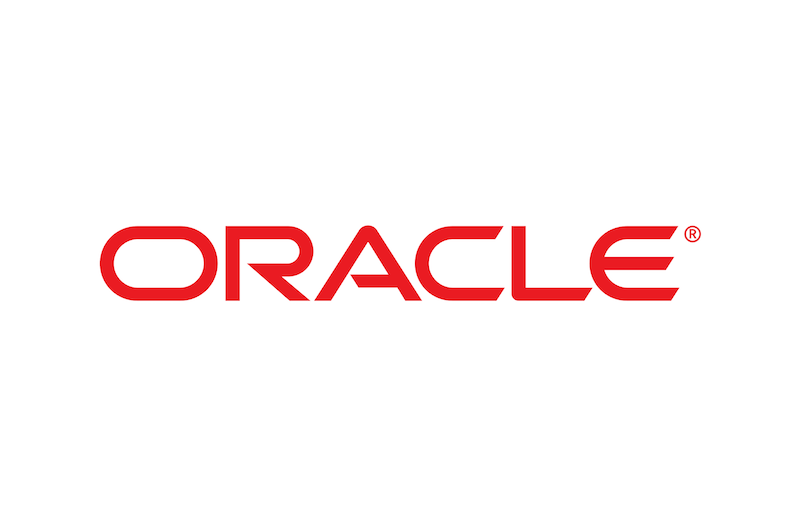by Dan Suzuki, CFA, Deputy CIO, Richard Bernstein Advisors
Investors must separate allocation from selection
The distinction between equity allocation (what percentage of the portfolio should be held in stocks) and equity selection (which types of stocks to hold) is a critical component to portfolio construction. Currently, we are broadly bullish in our outlook for most sectors and regions of the market, but we do not view it is the appropriate time to be max overweight stocks as an asset class.
Corporate profit growth is accelerating and broadening
Perhaps the most important near-term support for the stock market is the ongoing acceleration of corporate earnings. Earnings growth has been accelerating since the end of 2022, and we forecast further acceleration over the next several quarters. Not only is growth accelerating, but critically, it’s also broadening out (Chart 1).

Stocks have strong near-term support from earnings, but this is not 2010
Accelerating profit growth and ample liquidity strongly argue for investors to be overweight cyclicality within their portfolios, particularly in the areas of the market likely to generate superior earnings acceleration in the coming quarters. While this has also historically been a good time to be overweight stocks, there are other considerations that play into the asset allocation decision:
-
Selection vs. allocation: Historically, it has paid to separate the asset allocation decision from the equity selection decision. During the past three cycles, the optimal time to rotate away from the cycle’s dominant leadership has been anywhere from eight months to four years removed from the optimal time to go all-in on equities.
1. The Late 80s/Early 90s: The time to shift equity selection away from Japan and toward the rest of the world was around the peak of the Japanese stock market bubble in November 1988 after which Japan drastically underperformed other equity markets. However, the ideal time to be max weight in one’s equity allocation as a whole was much later, in January 1993 (Chart 2). While stocks did rise between 1988 and 1993 with some parts of the equity market doing quite well (i.e. defensive US stocks), the bond market trounced the broad global equity markets during this period (59% vs. 10%). (See Chart 3)

2. The Tech Bubble: At the end of the Tech Bubble, the ideal time to shift out of Tech and into just about everything else was in March 2000, but the ideal time to overweight the equity asset class was over 2.5 years later, at the bottom of the bear market in October 2002 (Chart 4). Between these two periods, bonds drastically outperformed equity markets broadly (Chart 5).

3. The Global Financial Crisis: The optimal time to rotate equity selection away from the prior cycle’s leadership in energy stocks came in June 2008, marking the beginning of the sector’s subsequent decade of underperformance (Chart 6). However, the biggest equity allocation opportunity came eight months later after global stocks had fallen another 50% (Chart 7).

In each of these instances, the excitement over the cycle’s dominant leadership created incredible investment opportunities in other parts of the equity market. In terms of selection, investors should have been wildly bullish US Tech stocks in 1990, Energy stocks in 2000 and US Tech stocks again in 2008. But in each of these instances, there were much better opportunities to increase equity allocations.
-
Sentiment/valuation: With returns greatest when capital is scarce, the time to be most overweight an investment is when nobody wants to own it. Fifteen years into this secular bull market in US stocks, that is clearly not the situation today. Household equity allocations are at record highs (Chart 8), and the only month in the Conference Board survey’s history where survey participants were more bullish on stocks than they’ve been recently is at the start of 2018 (Chart 9). Meanwhile, the S&P 500® valuations in this post-pandemic period rival levels seen in the Tech Bubble. In addition to being strong predictors of long-term returns, valuation/sentiment are important risk indicators, suggesting that all else equal, the downside potential if the growth and liquidity environment were to weaken is higher today than normal.

-
Relative attractiveness: The decision to overweight equities cannot be made in isolation, as it can only be achieved by underweighting another asset class. We expect that we are in the early stages of a period of higher inflation and higher interest rates. Structurally, this argues for a lower weight in traditional fixed income compared to stocks and cash. But comparing valuations across asset classes suggests that some of this may already be reflected in markets. While some may take issue with comparing equity earnings yields to bond yields, the comparison gives you a sense for how the relative valuations have trended over time. Interestingly, the S&P 500® earnings yield is now lower than 10-year Treasury yields for the first time since the Financial Crisis and lower than cash yields for the first time since the Tech Bubble. Similarly, the S&P 500® dividend yield hasn’t lagged cash yields by this much since the 1980s!

We see enormous opportunities within the stock market despite some challenges for the asset class
Given the bifurcated equity market, equities as an asset class are not particularly attractive relative to bonds and cash. However, specific equity themes seem very appealing. Our portfolios currently reflect that dilemma, with a somewhat modest overweight in equities, but with sizeable exposures to the themes we believe are historically attractive.
Copyright © Richard Bernstein Advisors
















